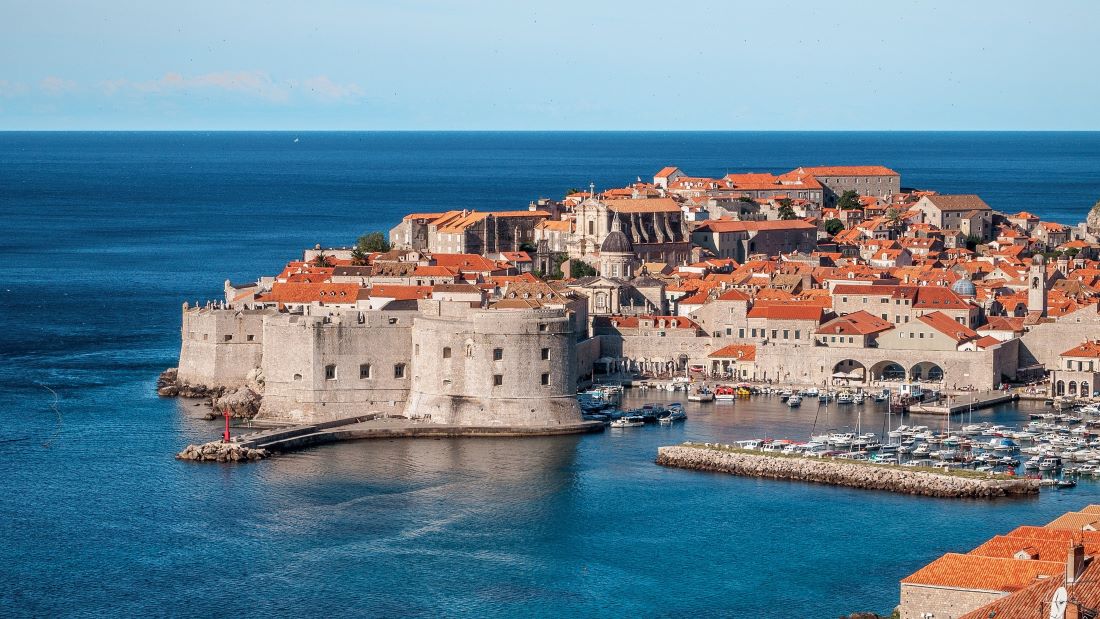The Republic of Ragusa, also known as the Dubrovnik Republic, was a maritime trading state that existed from 1358 to 1808. Dubrovnik itself, originally known as Ragusa, was founded in the 7th century. The Republic of Ragusa was established in the 14th century and thrived as an independent entity until its dissolution by Napoleon’s forces in 1808. Renowned for its adept navigation and robust merchant fleet, the Republic was a significant trading hub in the Adriatic Sea, fostering economic and cultural exchange throughout the Mediterranean.
The Formation of the Republic of Ragusa
The origins of the Republic of Ragusa can be traced back to the early medieval period. Founded in the 7th century, Dubrovnik, then known as Ragusa, emerged as a significant settlement on the Adriatic coast. Initially, the city was under the protection of the Byzantine Empire, benefiting from its strategic location and natural harbor. Ragusa’s advantageous position facilitated its development as a center of maritime trade and commerce, attracting merchants and settlers from various regions. By the 10th century, the city had established itself as a vital trading post, engaging in commerce with the Eastern Mediterranean, Italy, and the broader Byzantine world.
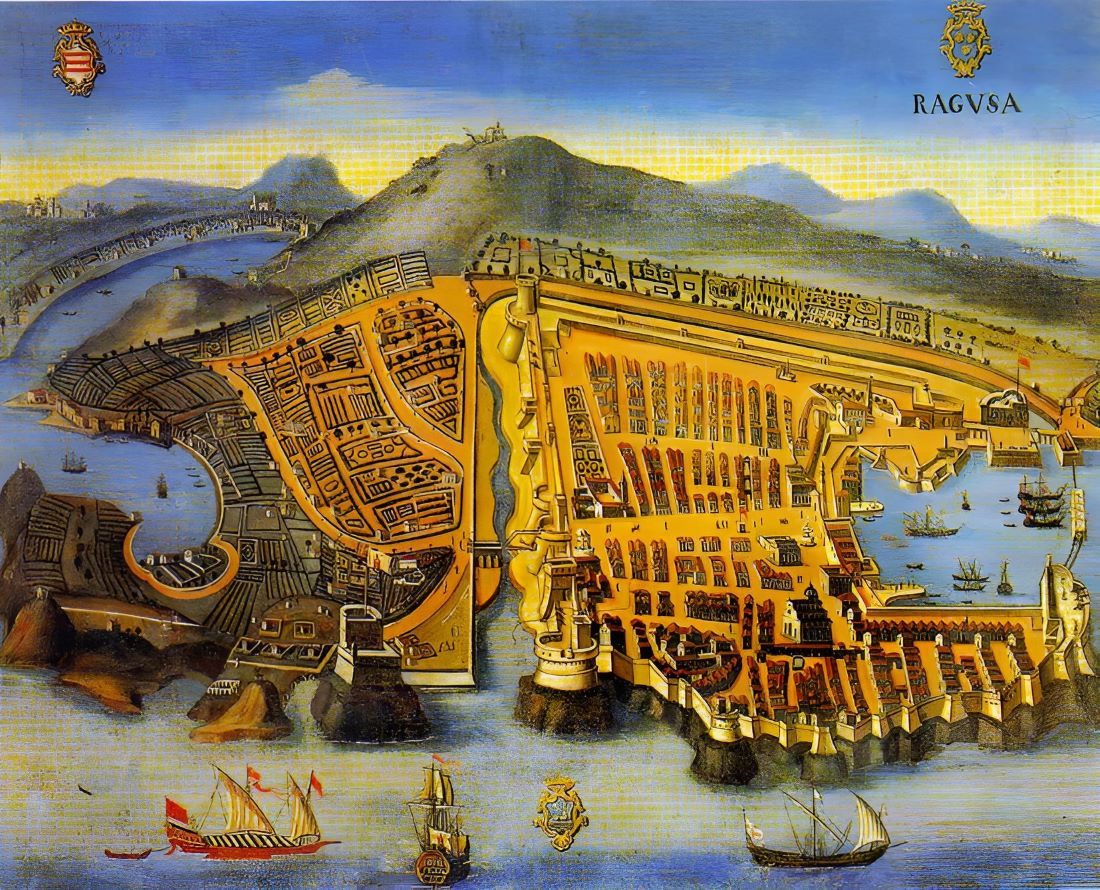
During the 12th and 13th centuries, Ragusa’s prominence continued to grow as it navigated the complexities of regional politics. The city came under the influence of the Venetian Republic, which sought to extend its control over the Adriatic trade routes. Despite this external pressure, Ragusa maintained a degree of autonomy, leveraging its commercial acumen and strategic alliances. The city’s governance evolved, with a system of communal self-government taking shape, laying the foundation for its later independence. By the mid-14th century, Ragusa was poised to assert itself as a sovereign maritime republic, culminating in its formal establishment as the Republic of Ragusa in 1358.
The Golden Age of the Republic of Ragusa
From its establishment in 1358, the Republic of Ragusa entered a period of remarkable growth and prosperity. This era, often regarded as the golden age of Dubrovnik, saw the city-state flourish as a prominent maritime power. The Republic’s strategic location and well-managed port facilities enabled it to dominate trade routes across the Adriatic Sea and the Mediterranean. Dubrovnik’s merchant fleet became one of the largest and most efficient, fostering economic prosperity and cultural exchange. The city was renowned for its shipbuilding, salt trade, and production of luxury goods, attracting merchants from across Europe and the Ottoman Empire.
The political structure of the Republic of Ragusa was characterized by a unique system of governance. The head of state, known as the Doge (Dužd), was elected for a term of one month to ensure no single individual could consolidate power. The ruling council, composed of members of the patrician class, wielded significant influence over the administration. This aristocracy, consisting of noble families, managed the Republic’s affairs through the Major Council and the Minor Council. Diplomatic acumen was a hallmark of Ragusan policy, enabling the Republic to maintain peaceful relations with powerful neighbors like the Ottoman Empire and the Kingdom of Hungary. This diplomacy, combined with a strong maritime tradition, secured Dubrovnik’s status as a beacon of commerce and culture until the devastating earthquake of 1667.
The Devastating Earthquake of 1667
The Republic of Ragusa faced a catastrophic turning point on April 6, 1667, when a massive earthquake struck Dubrovnik. The seismic event caused widespread destruction, leveling much of the city and killing an estimated 5,000 residents, including many members of the ruling aristocracy. The tremors reduced the city’s iconic buildings, including churches, palaces, and fortifications, to rubble. In the aftermath, a devastating fire broke out, further compounding the destruction and engulfing the city in flames. The loss of life, property, and cultural heritage was immense, marking one of the darkest chapters in Dubrovnik’s history.
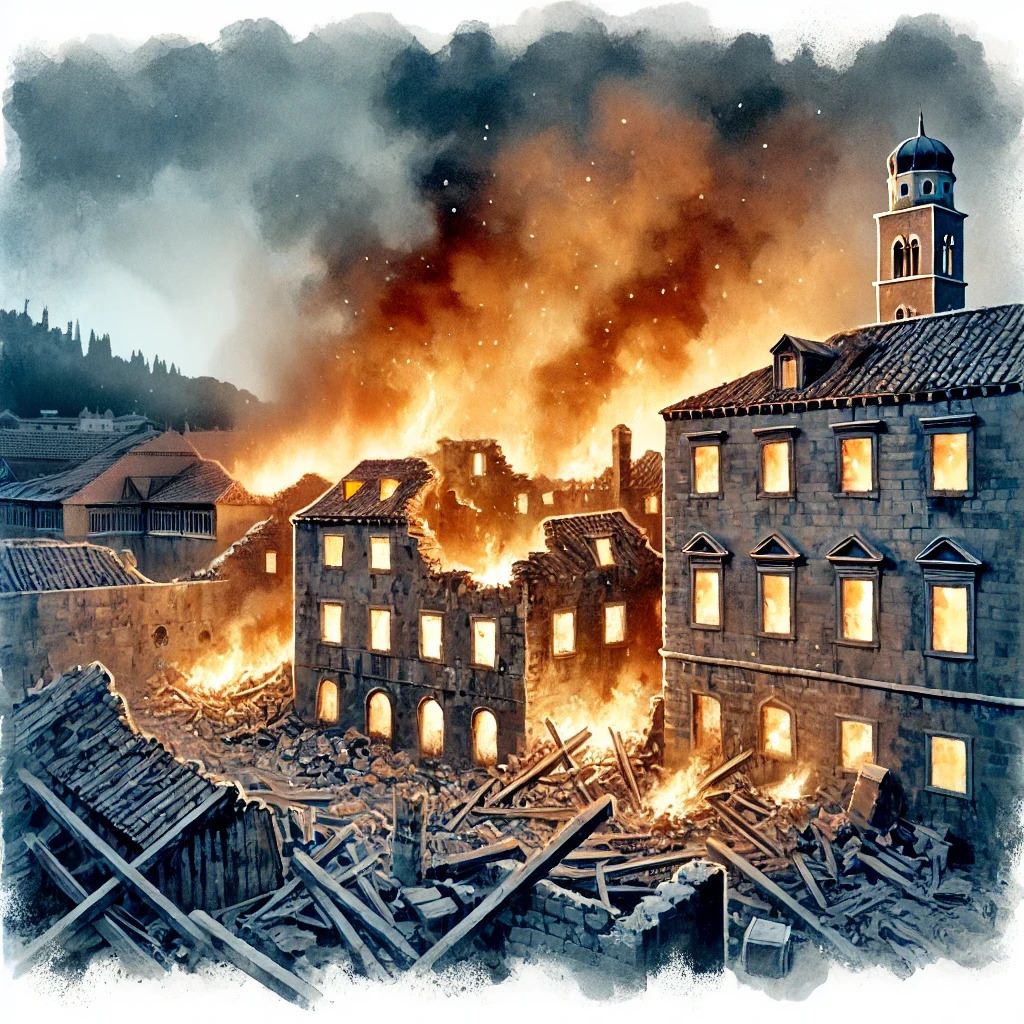
The earthquake’s consequences were far-reaching, severely weakening the Republic of Ragusa. The immediate loss of leadership and infrastructure crippled the city’s governance and economic activities. Efforts to rebuild were hampered by the extensive damage and the loss of skilled labor and resources. Although the resilient citizens of Dubrovnik undertook significant reconstruction efforts, the Republic never fully recovered its former glory and influence. The economic decline was exacerbated by a weakened maritime trade presence and increased competition from emerging European powers. The disaster of 1667 marked the beginning of a prolonged period of decline for the Republic of Ragusa, from which it could not regain its previous stature as a dominant maritime and commercial hub.
The Fall of the Republic of Ragusa
The 18th century marked a period of gradual decline for the Republic of Ragusa. Despite efforts to maintain its independence and economic relevance, the once-thriving maritime state faced increasing challenges. The rise of larger European powers and the shifting dynamics of global trade routes reduced Dubrovnik’s influence and economic stability. Additionally, the political landscape of Europe became more turbulent, with various conflicts and alliances reshaping the balance of power. Internally, the Republic struggled to maintain its administrative and financial systems, further weakening its position.
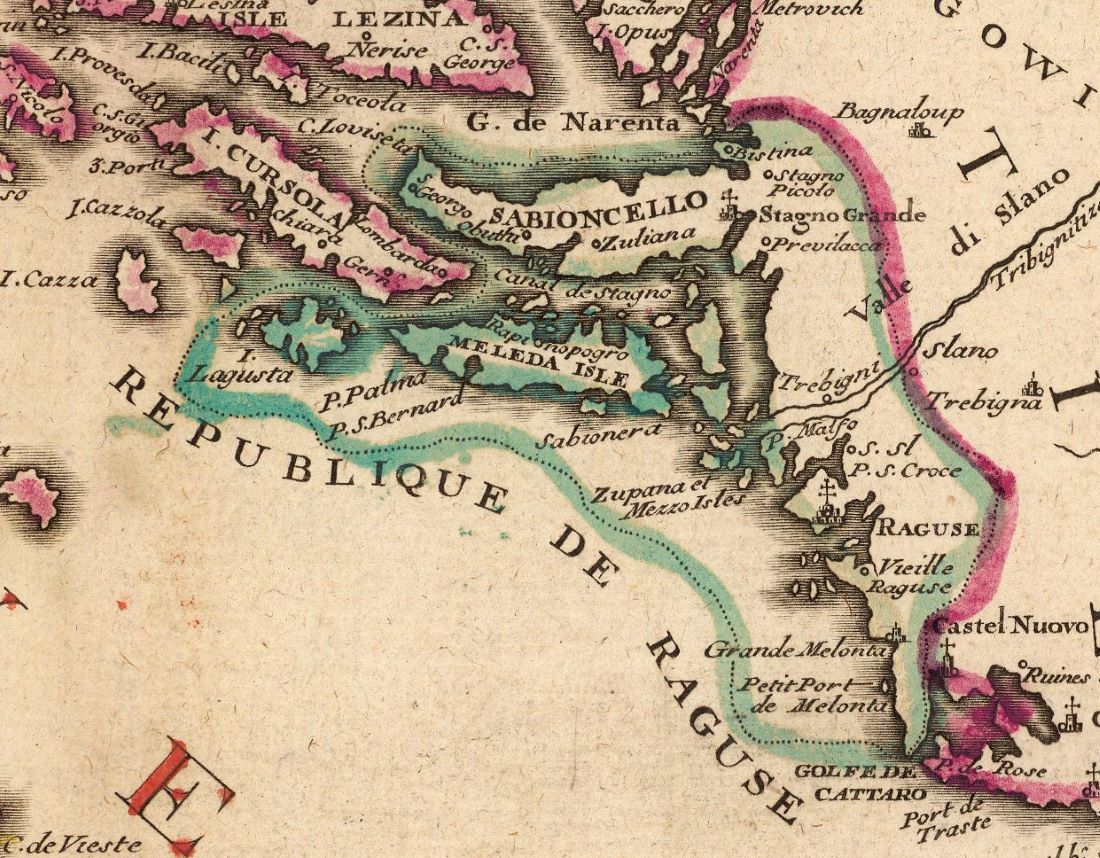
The final blow to the Republic of Ragusa came with the arrival of Napoleon’s forces in the early 19th century. In 1806, French troops entered Dubrovnik, initially presenting themselves as protectors against the advancing Russian and Montenegrin forces. However, the French presence soon turned into an occupation, and on May 31, 1808, Marshal Auguste de Marmont formally abolished the Republic of Ragusa, integrating it into the French Empire. This act marked the end of the Republic’s centuries-long existence as an independent entity. The abolition of the Republic signaled the conclusion of a remarkable era in Adriatic history, as Dubrovnik transitioned into a new phase under foreign rule.
Dubrovnik Today
Today, Dubrovnik stands as one of the most renowned tourist destinations in the world, celebrated for its stunning medieval architecture and well-preserved city walls. The Old Town, a UNESCO World Heritage Site, is a labyrinth of narrow streets, historic buildings, and charming squares, drawing millions of visitors each year. The city’s iconic walls, which encircle the Old Town, offer breathtaking views of the Adriatic Sea and are a testament to Dubrovnik’s rich history. Dubrovnik’s cultural heritage is further enriched by its role as a filming location for the famous television series “Game of Thrones,” where it portrayed the fictional city of King’s Landing. This blend of historical authenticity and modern pop culture appeal makes Dubrovnik a unique and captivating destination.
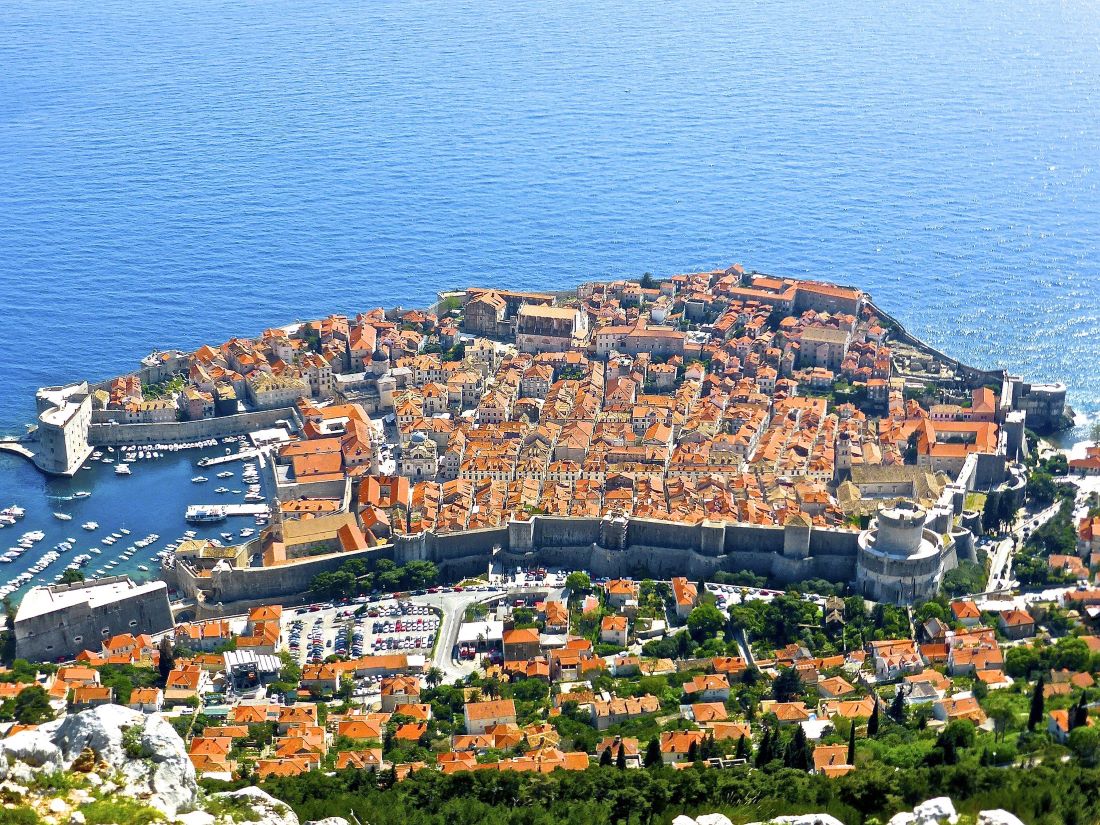
In addition to its tourist attractions, Dubrovnik is home to the Dubrovnik Archives, one of the most important repositories of historical documents in the region. The archives house a vast collection of records that span centuries, providing invaluable insights into the history of Dubrovnik and its interactions with various European and Mediterranean powers. The documents preserved here include charters, letters, and official records, many of which date back to the medieval period. These archives are not only crucial for understanding the history of Dubrovnik but also for studying the broader historical context of the South Slavic countries and their relations with other regions. With its extensive collection of over seven thousand volumes and numerous individual documents, the Dubrovnik Archives is a cornerstone for researchers and historians delving into the medieval and early modern history of the Adriatic and beyond.
Historical Challenge: Can You Conquer the Past?
Answer more than 18 questions correctly, and you will win a copy of History Chronicles Magazine Vol 1! Take our interactive history quiz now and put your knowledge to the test!

